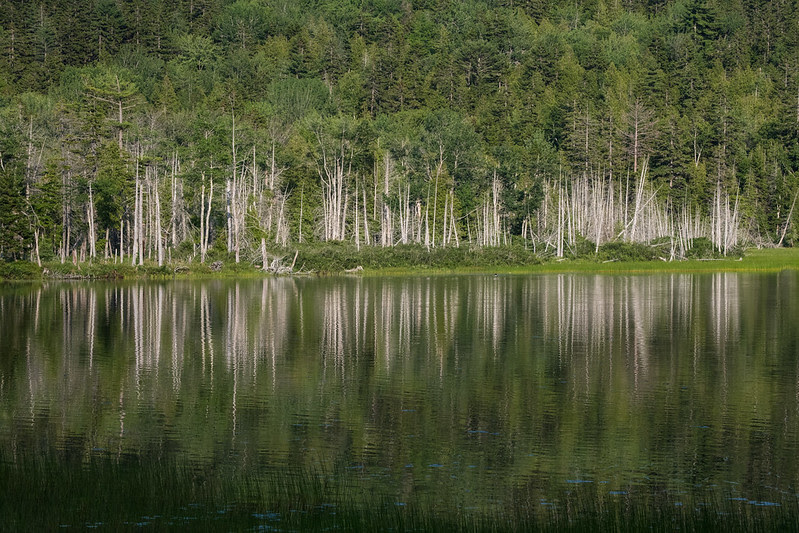
Maine forests already absorb about 70% of the state’s annual fossil fuel emissions. But a new study has found that the state’s commercial forest landowners could increase annual carbon storage by at least 20% over the next 60 years while maintaining timber harvest levels. How? Through landscape-scale adoption of climate-smart strategies such as increased planting, thinning, and selective harvesting.
According to the study by researchers from the University of Maine, the New England Forestry Foundation, and the U.S. Forest Service, the costs of undertaking such improvements “appear competitive with other approaches for reducing carbon in the atmosphere”. And there are additional benefits, according to Alec Giffen, Senior Forest Science and Policy Fellow at the New England Forestry Foundation.
“We can improve wildlife habitat. We can produce more wood. We can produce higher quality wood. We can increase the returns that landowners see from owning land,” Giffen said. “And I see this as potentially a game changer in terms of the kinds of things you can do in a financially beneficial way with forest management in Maine.”
The forest modeling study was conducted across 7.6 million acres (circa 3 million hectares) of mostly privately-owned commercial forest lands in northern Maine. It was commissioned by the Forest Carbon for Commercial Landowners Initiative, a group of conservationists, scientists and commercial landowners who want to better understand the carbon storage potential of the Maine woods.


